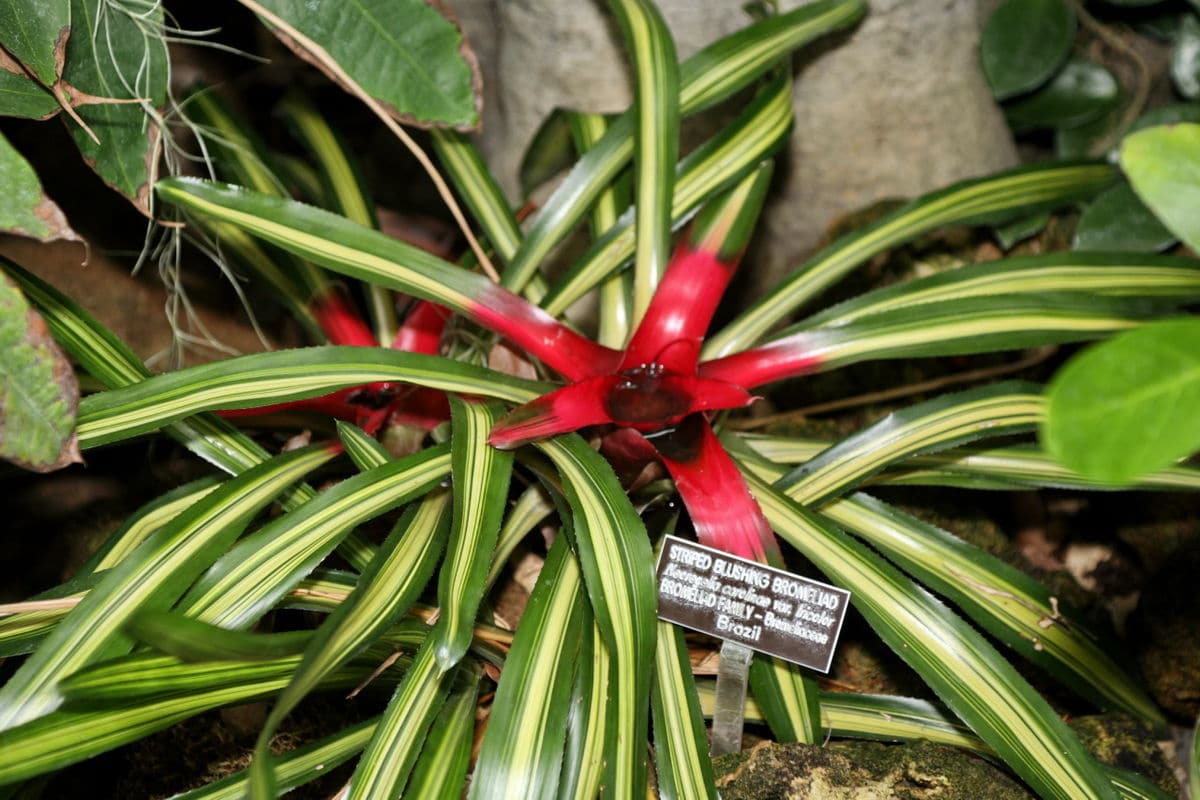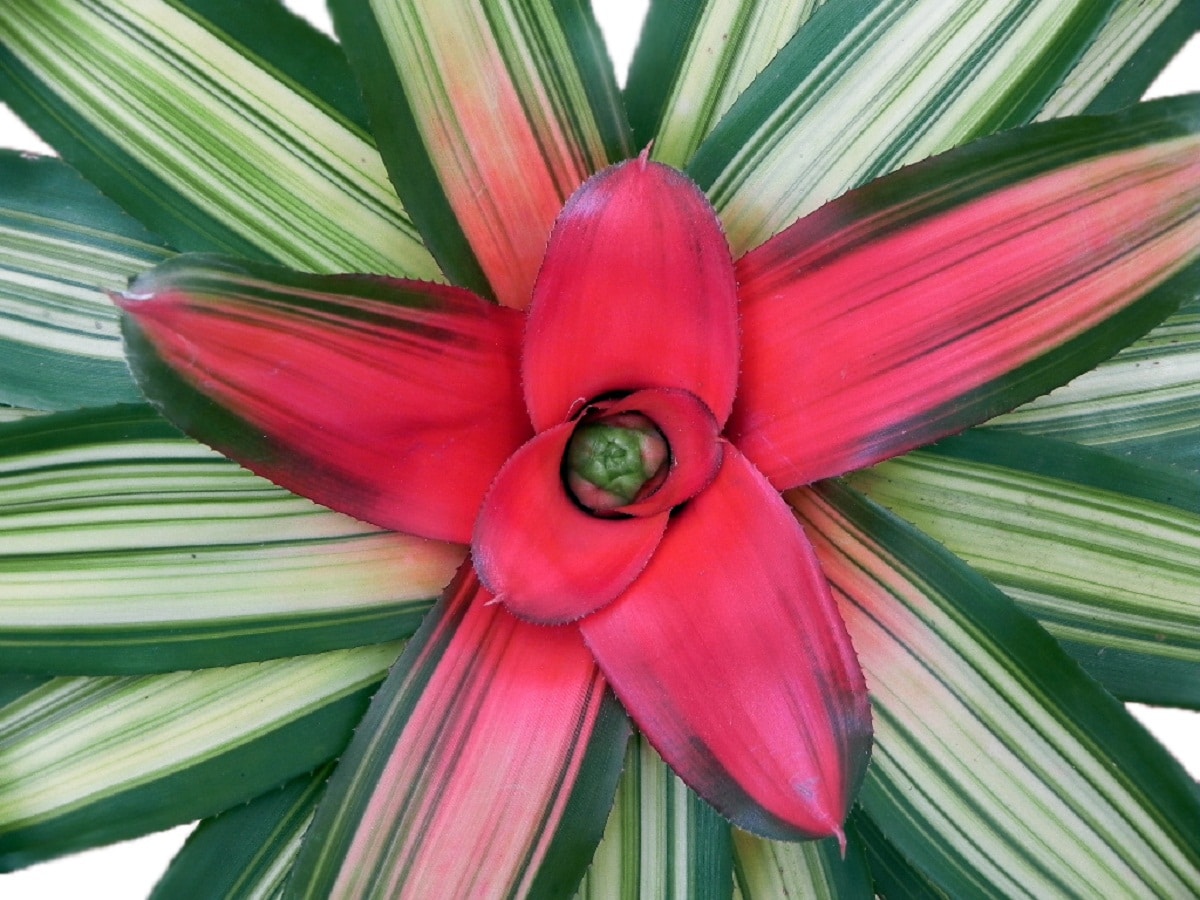
Within the world of Bromeliads there are more than 1000 different species of flowering plants, which show a beauty in their colors and a really important ornamental value. Inside there is a genus of these plants called Neoregelia.
They are incredible for their colors, they grow in tropical environments and show a very particular beauty, in the more than 100 types that this genus presents. In this article we will tell you its origin and the characteristics of this genus of plants so used in gardens with pleasant temperatures.
What are Neuroglia?

We are not referring to a particular plant, but to a genus of plants, found within the bromeliad family, and within this select group are some fifty species that, far from being specimens grown in the ground, are found in other plants, so they are epiphytes.
The leaves of these varieties of plants are usually all with similar characteristics, the predominant shape being that of ribbons that have jagged characteristics on their edges.
The color of these elongated leaves tends to vary, being in most of their specimens an intense green color but in some cases they usually show a yellow center that is becoming greenish towards the ends. They also tend to have jagged edges and show longitudinal stripes of different colors, including pink, white and cream.
The brightness of the leaves intensifies towards the inflorescence area, which present really intense colors, its flowers being wonders with different shapes and colors, which give all the specimens of this group an ornamental appearance that will be very powerful for all types of gardens in which the climates are relatively warm and show tropical characteristics.
Reproduction
These plants multiply through the two most common processes, such as those of the germination of the seed or the planting of suckers.
In the particular case of this genus, it is not the most convenient to plant by seeds and this has to do with the fact that they will take much longer to reach maturity that if you do it by planting suckers.
In the case of seed planting, this will have to be done in a preparation in which organic matter will be very important and the maintenance of humidity in a continuous way will be the key to the success of its cultivation since, since the seeds are not sufficiently buried, since they must be found rather on the surface.
Cover with some kind of transparent plastic container, the seedbed will be a good option to maintain humidity.
If you do it by planting sapling, everything will be much easier, since we will only have to wait for the mother plant to appear the rosette that already has the shape of a small plant and this must be cut at the part closest to the plant and then it will be taken to a new pot, where a new specimen will grow .

As we mentioned before, there are a large majority of the plants that make up this genus that they are not terrestrial and will grow on trees and other plants, so in that case you will not need any type of soil.
But you will have to make a surround of the roots with sphagnum moss. What this will do is that the environment of this aerial plant is humid enough for it to develop.
Any type of support to which it can be glued and adhered will serve to mount this combination, but there are also people who do a kind of mounting to trees for cultivation by wires, being able to place them in the indicated areas of this tree so that they give a special ornamental appearance to your garden.
But even these types of plants that are not specifically prepared for soils, you could plant them in a pot and the substrates with drainage and a pH between 4 and 6 will be the special characteristics for its development.